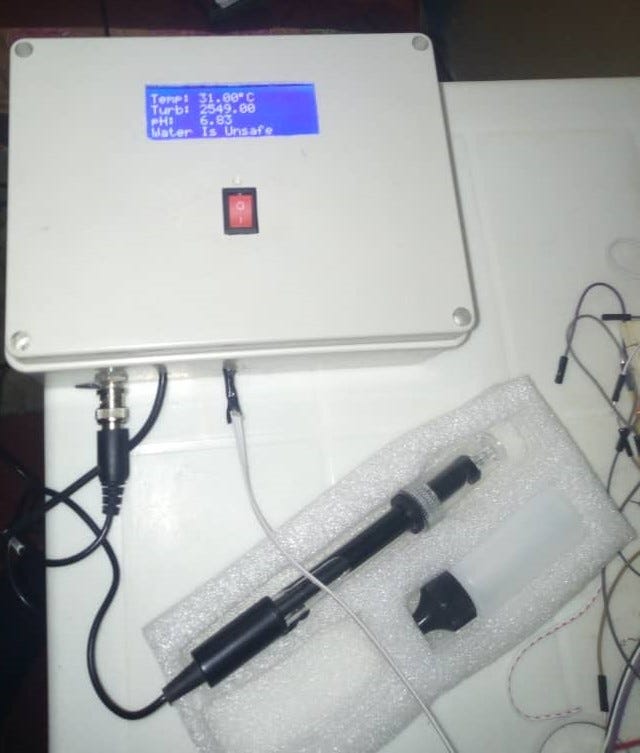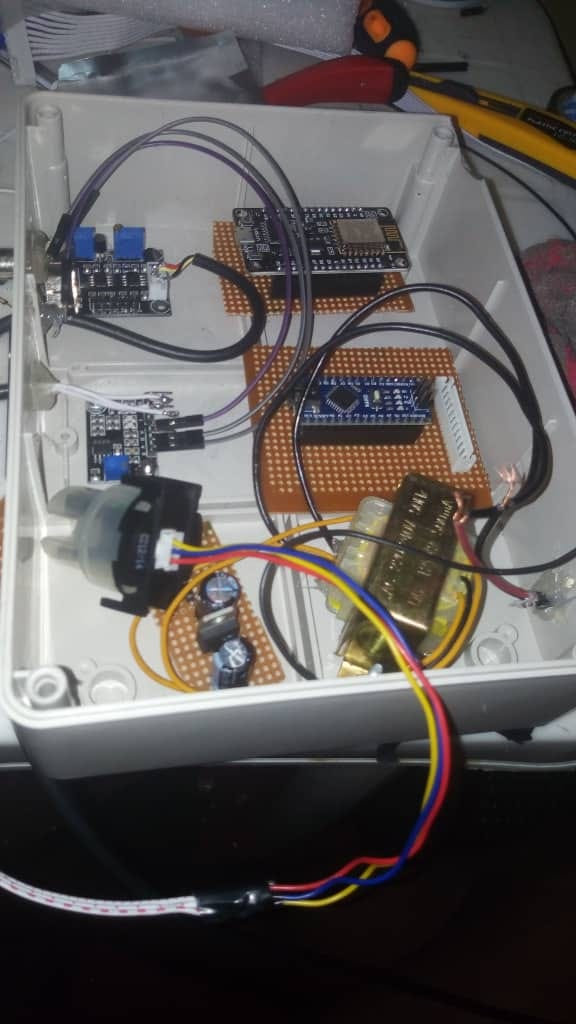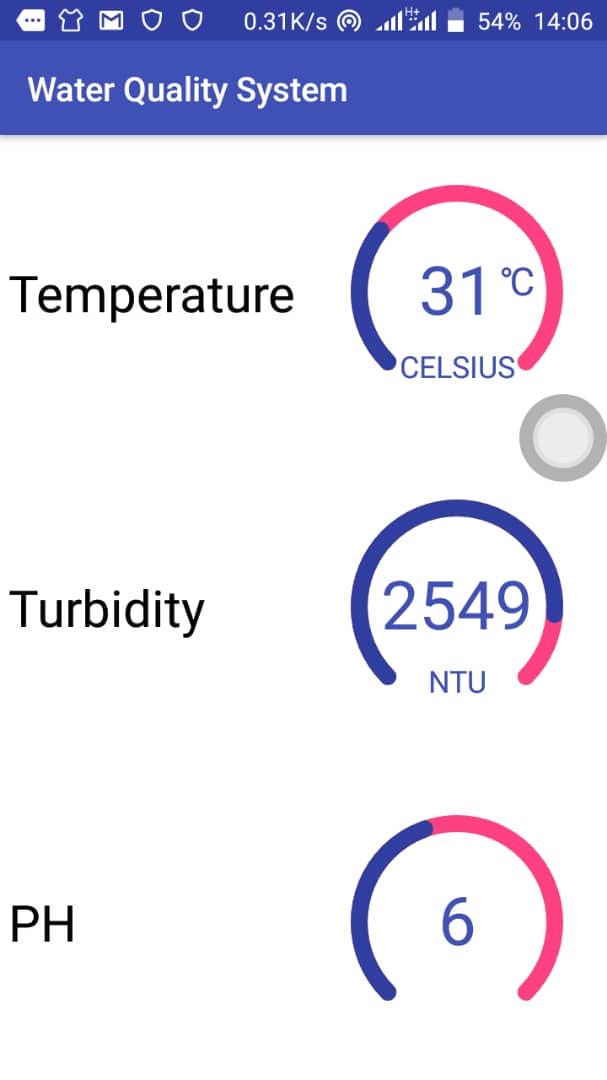By the year 2020, there will be over 20 billion devices connected to the internet.
By the year 2020, there will be over 20 billion devices connected to the internet. The internet of things is very broad and encompasses a whole lot of sectors ranging from health to logistics. Connecting devices to the internet has brought in a revolution. We now have devices that are not just smart but that can make decisions on their own.
One of the sectors where IoT has gained wild-spread use is the water industry. Some of the use case scenario include;
- Water quality monitoring
- Swimming pool remote water measurement
- Pollution level monitoring in seas
- Chemical leakage detection in rivers
- Detection of liquid presence outside tanks and pressure variations along pipes
All these areas of applications mentioned above are very important and have direct impact on man and his environment. Since Internet of things and remote sensing techniques are being used in different areas of research for monitoring, collecting and analyzing data from remote locations, it can also be applied to the case of drinking water. Today water utilities face a lot of challenges. Portability of water is one of such problems. Some of the parameters that can be monitored include temperature, pH level and turbidity.
Few weeks ago, I was privileged to design a Water Quality monitoring System that will monitor and send the data to the web server. The data updated at intervals within the server can be retrieved or accessed from anywhere in the world. Cool right!!!. The device will check for temperature, pH and turbidity.


IoT based water quality monitoring system

During Development of the system
The interface for the mobile app that works with it is shown below.


To complete this project, you will need the following,
Hardware
- Arduino Nano
- ESP-01
- Turbidity Sensor
- DS18B20(Water proof)
- PH sensor
- LCD(20X4)
- Connecting Wires
- 12V DC power supply
Software
- Arduino IDE
- Thingspeak account
- Android app
The code can be found here. If you also want the circuit schematics, you can contact me directly.
Happy building,
Your hardware Friend,
Kayode.